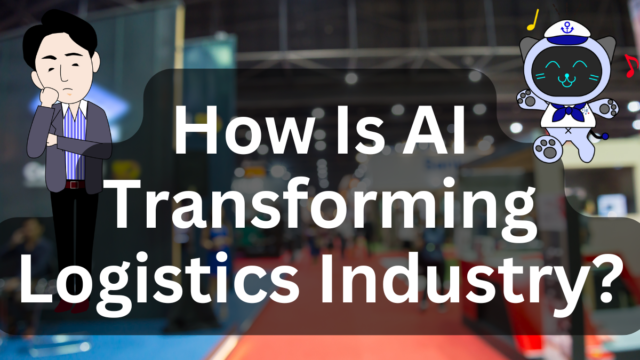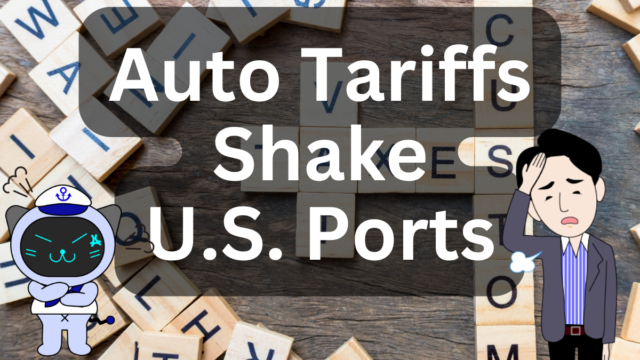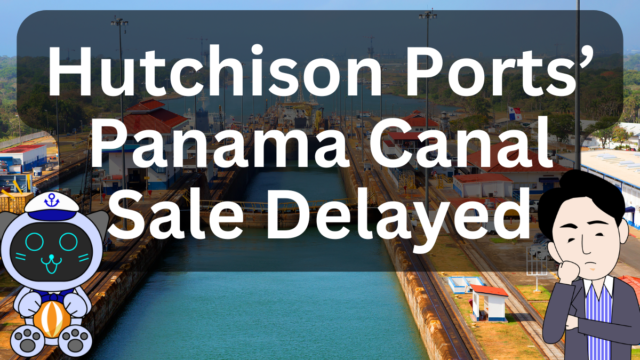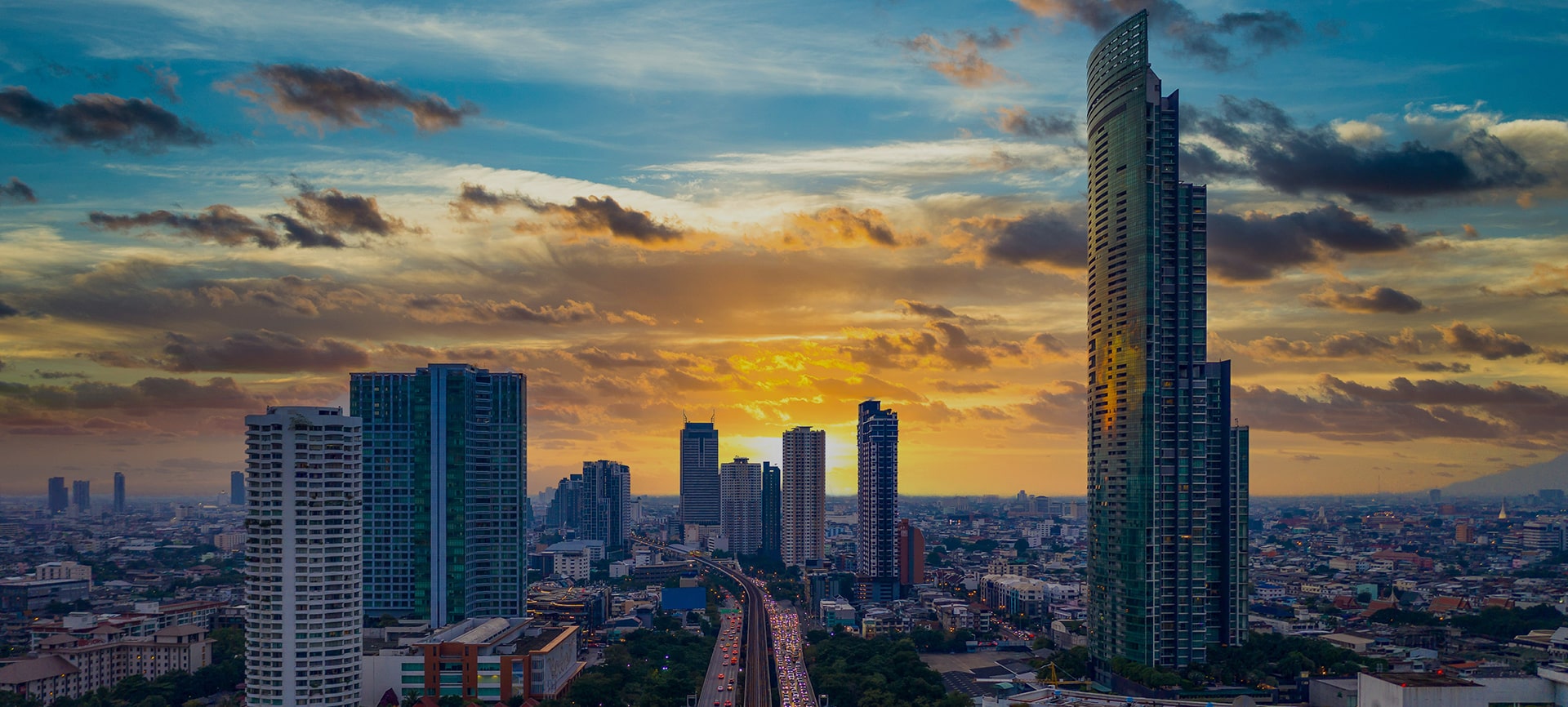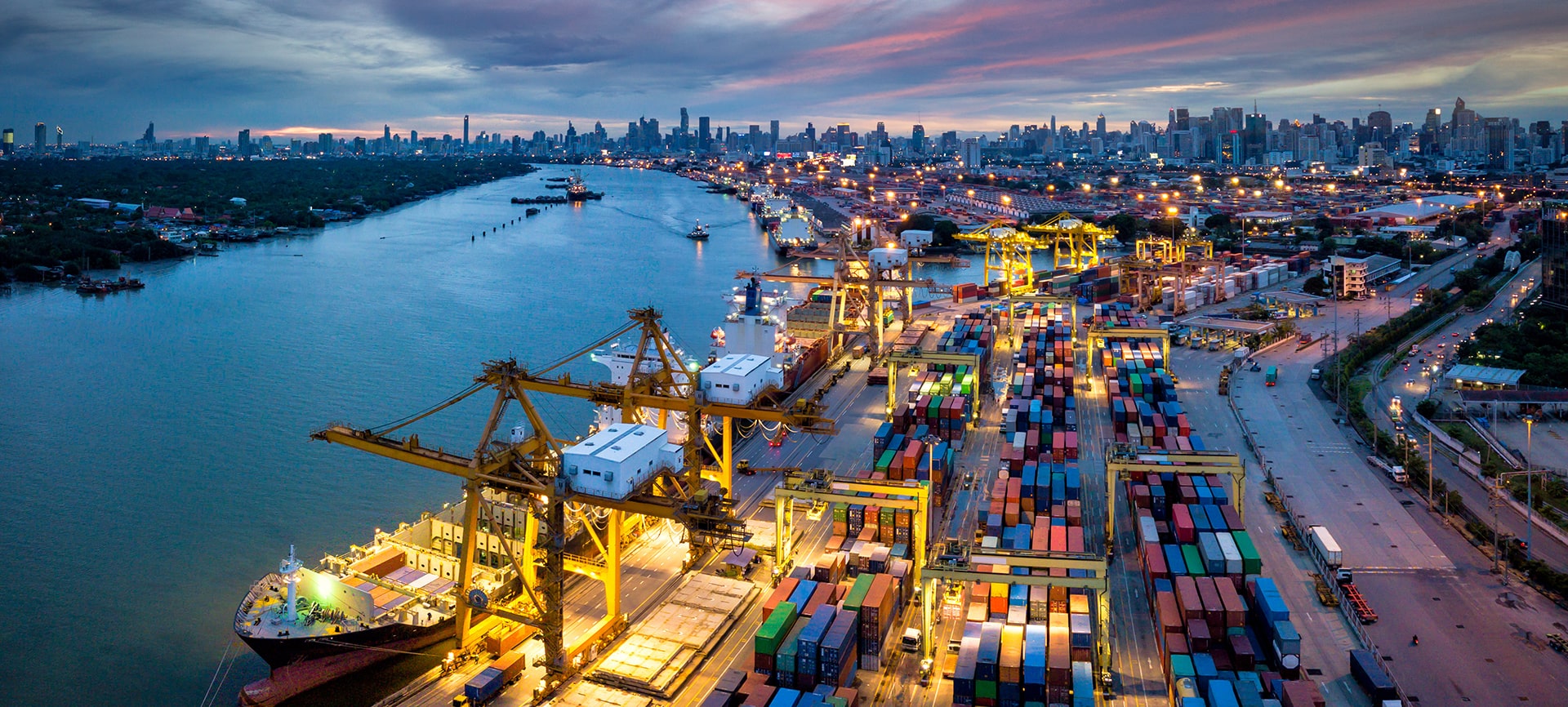Posted on: October 11, 2024 / Last updated: October 11, 2024
2024 Shipbuilding Investment Hits 4th Highest Level in History! Is Oversupply a Concern?
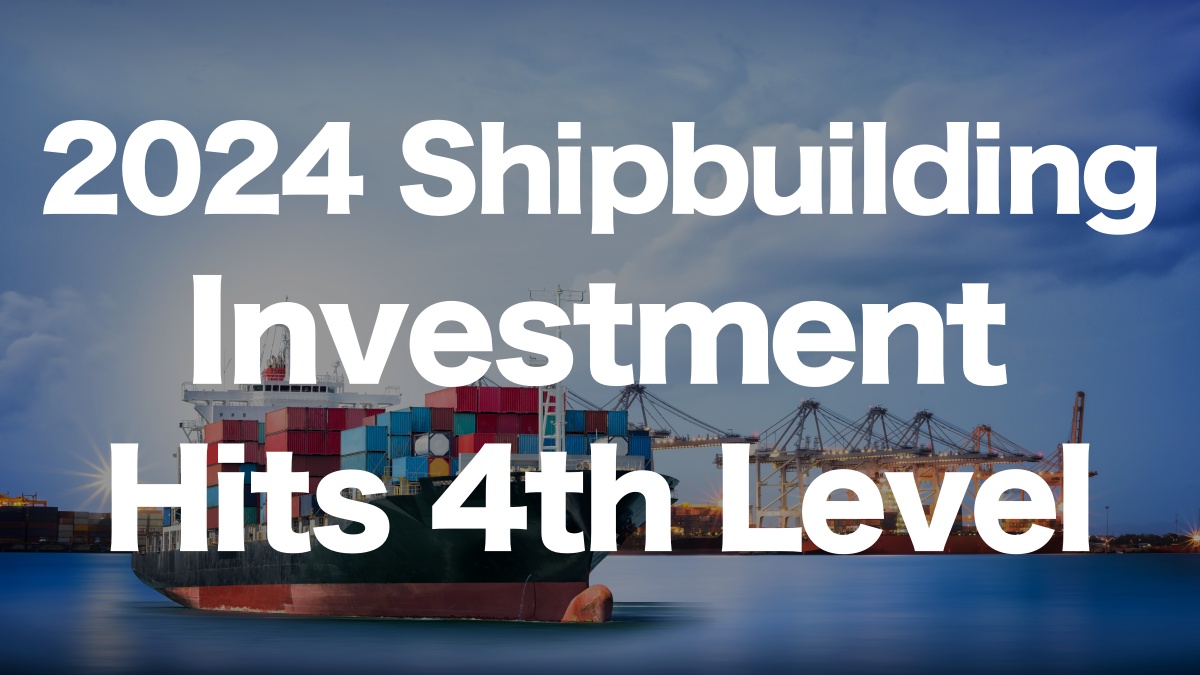
The shipbuilding investment boom is making waves again in 2024, reaching its 4th highest level ever.
However, is this rapid increase in ship orders leading to a potential oversupply?
This article delves into the current shipbuilding trends, highlighting the motivations behind these investments, such as fuel efficiency improvements and environmental measures.
CONTENTS
2024 Shipbuilding Investment Reaches Historic Levels
Shipbuilding investments have surged, with 2024 recording the 4th highest level in history.
Major shipping companies are actively investing in new container ships and bulk carriers.
This trend is largely driven by the significant revenue increases seen during the COVID-19 pandemic, which enabled companies to reinvest in fleet expansion and upgrade their vessels.
Is There a Risk of Oversupply?
At first glance, a surge in shipbuilding might seem to pose a risk of oversupply.
However, the current wave of investment is more focused on replacing older vessels with newer, more fuel-efficient ships rather than simply increasing the number of ships in operation.
As older ships are being scrapped, the actual growth in supply is more controlled than it might appear.
The Push for Better Fuel Efficiency and Environmental Compliance
Many of the new vessels are designed to be significantly more fuel-efficient and are equipped to use alternative fuels such as LNG or methanol.
This shift is driven by stricter environmental regulations and the growing emphasis on sustainable shipping.
Shipping companies are aware that continuing to operate older, less efficient ships could lead to higher operational costs in the future.
Thus, investing in more efficient ships is seen as a long-term strategic move.
Rising Charter Rates and Industry Investment Trends
In recent years, charter rates have been steadily increasing, placing a significant burden on shipping companies.
To mitigate these costs, shipping companies are focusing on owning more of their fleet rather than relying on chartered ships.
The first half of 2024 also saw disruptions, such as the temporary closure of the Suez Canal, which led to a shortage of container capacity and pushed freight rates higher.
This situation has prompted companies to expedite their shipbuilding plans to secure capacity and stabilize costs.
Outlook and Challenges Ahead
While 2024 has seen a historic surge in shipbuilding investment, it appears to be driven by a careful consideration of supply-demand balance and long-term environmental strategies.
The emphasis is on sustainable upgrades rather than unchecked fleet expansion.
Going forward, the shipping industry will need to navigate potential fluctuations in charter rates and fuel prices as it seeks to balance capacity, costs, and environmental compliance.


![[Industry Trends] MSC Becomes First to Reach 900 Vessels! Focus Shifts to North-South Routes with Independent Operations | IINO san's Logistics News](/wp-content/uploads/2025/04/20250417en-640x360.png)
![[Maritime Shipping Now] Container Freight Rates Remain Flat – What Lies Ahead? Impact of US-China Tensions | IINO san's Logistics News](/wp-content/uploads/2025/04/20250415en-640x360.png)
